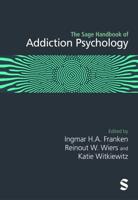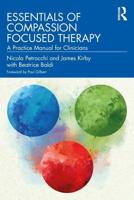Publisher's Synopsis
This book reports a program of research concerned with the possibility of as guns, drugs, preventing suicide by restricting access to lethal agents, such and carbon monoxide. To many people, it may seem implausible that deeply unhappy people could be prevented from killing themselves by "closing the exits, " but the suggestion is by no means a new one and has been current in the journals for some time. This book is the first major exposition of the idea, however, with the evidence collected in one place and an examination of the implications for understanding the suicidal person and for preventing suicide. We hope to convince public health officials that, although the idea is largely disregarded at present, restricting access to lethal agents should take its place as a major preventive strategy along with the psychiatric treatment of depressed and suicidal individuals and the establishment of suicide pre in communities to counsel those who are suicidal or in crisis. vention centers We came to this position by two different routes. R. c. 's interest derived from a concern with the role of opportunity in crime. This originated in his doctoral research dealing, not with suicide, but with another form of escape-absconding from training schools for young offenders. He found that the variance in absconding was explained more by the opportunities to abscond presented by the school's environment and regime than by the offender's history or personality.










